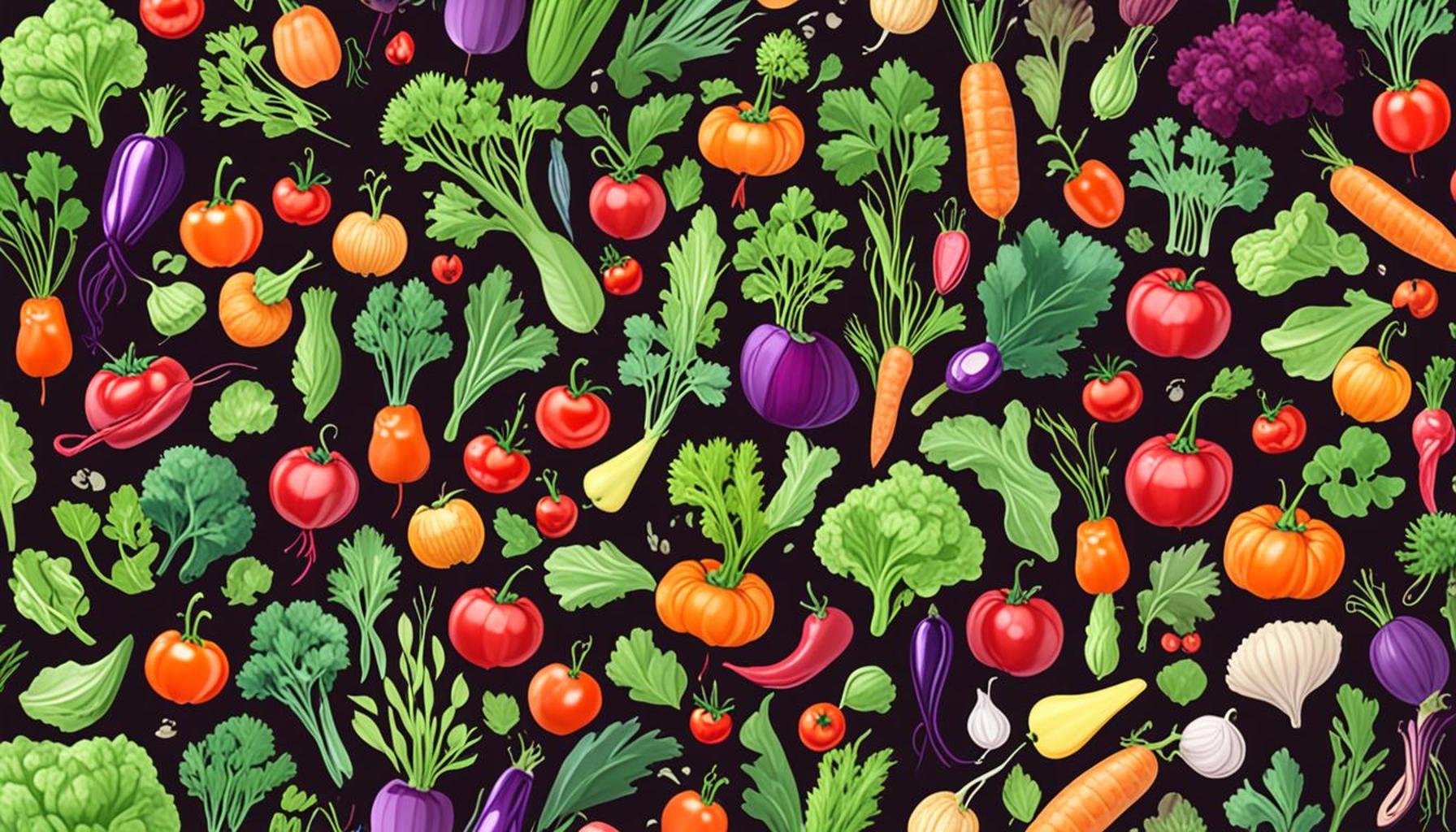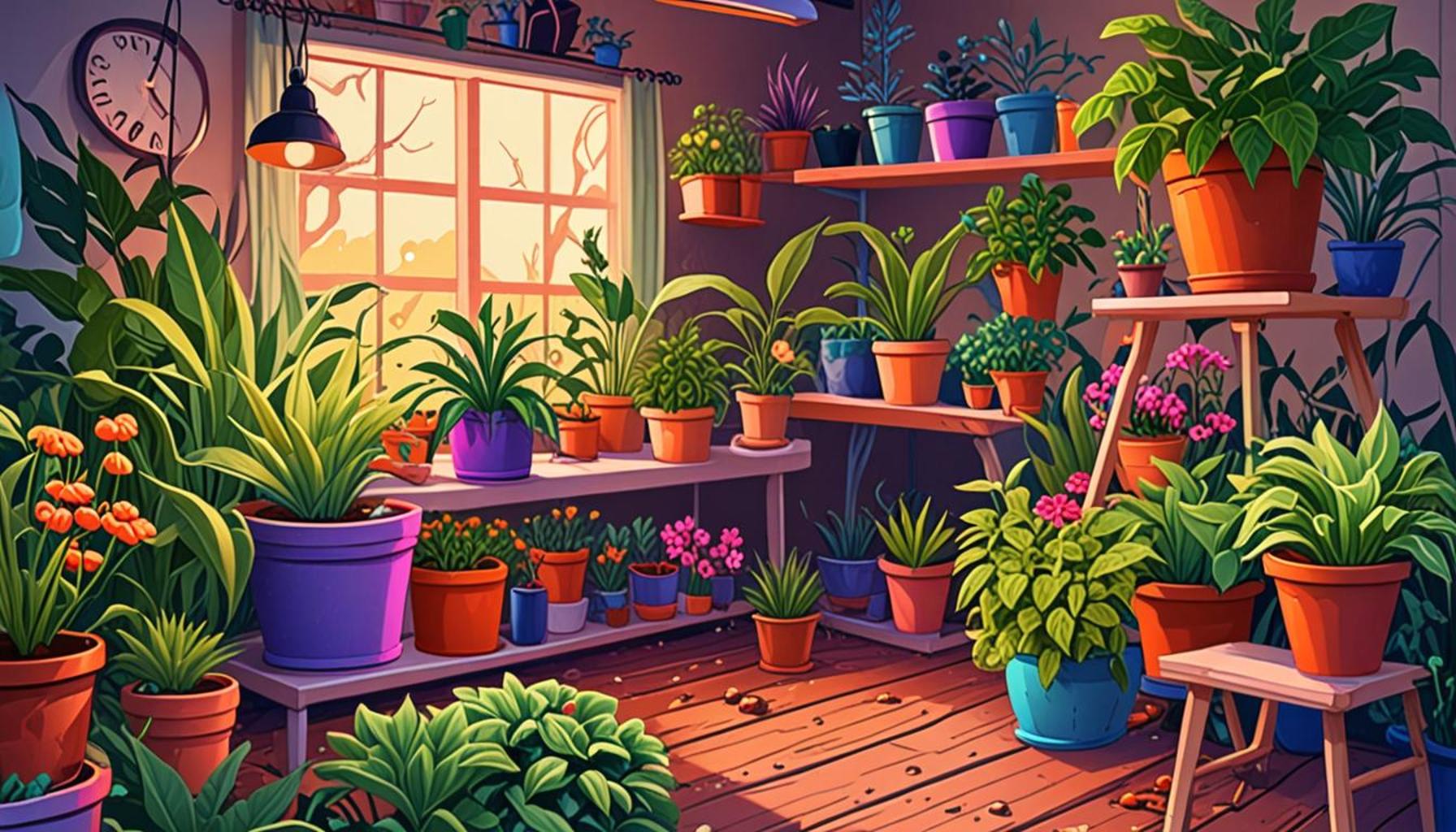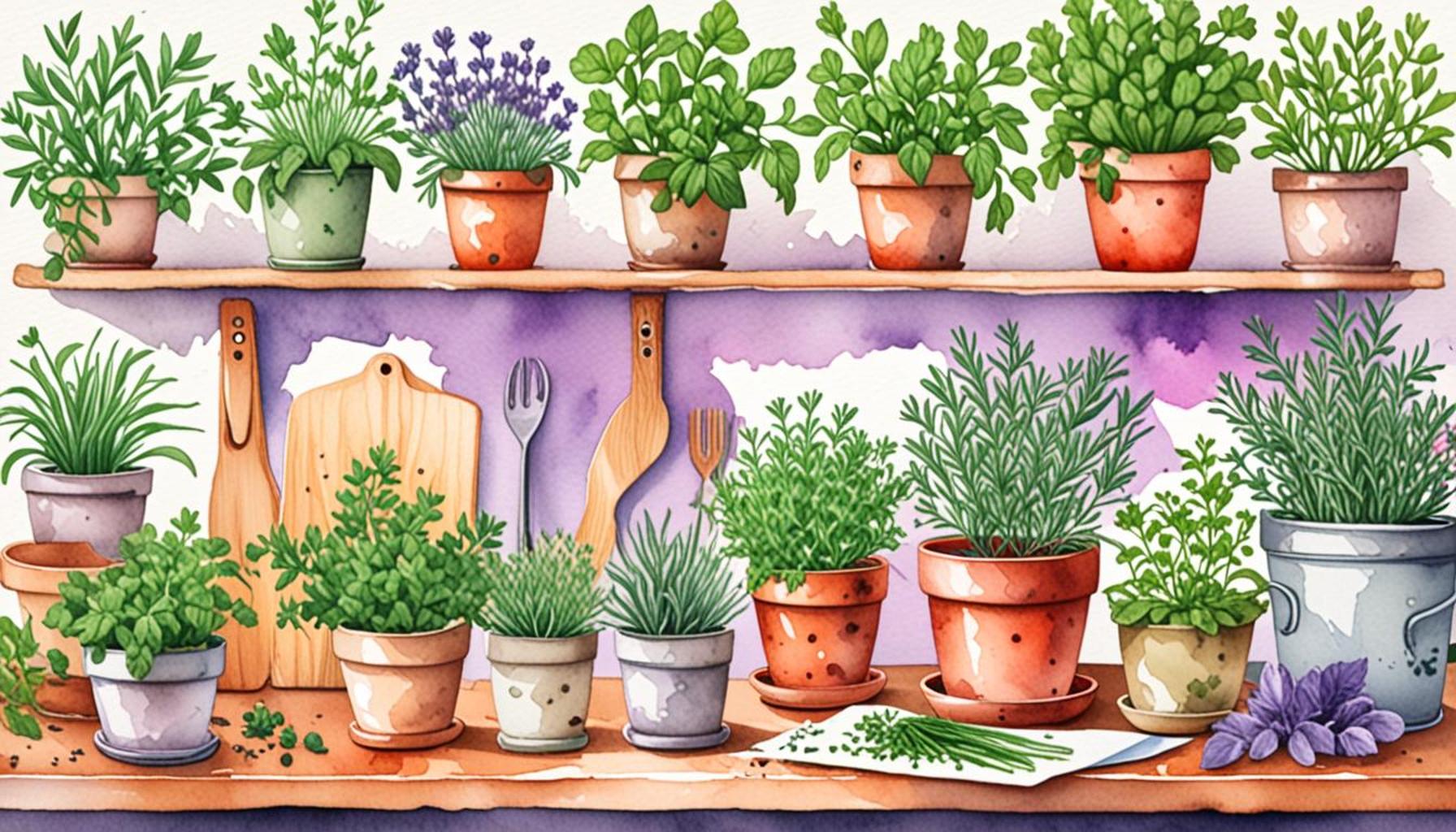Annual vs. Perennial Flowers: What to Consider When Choosing Plants for Your Garden
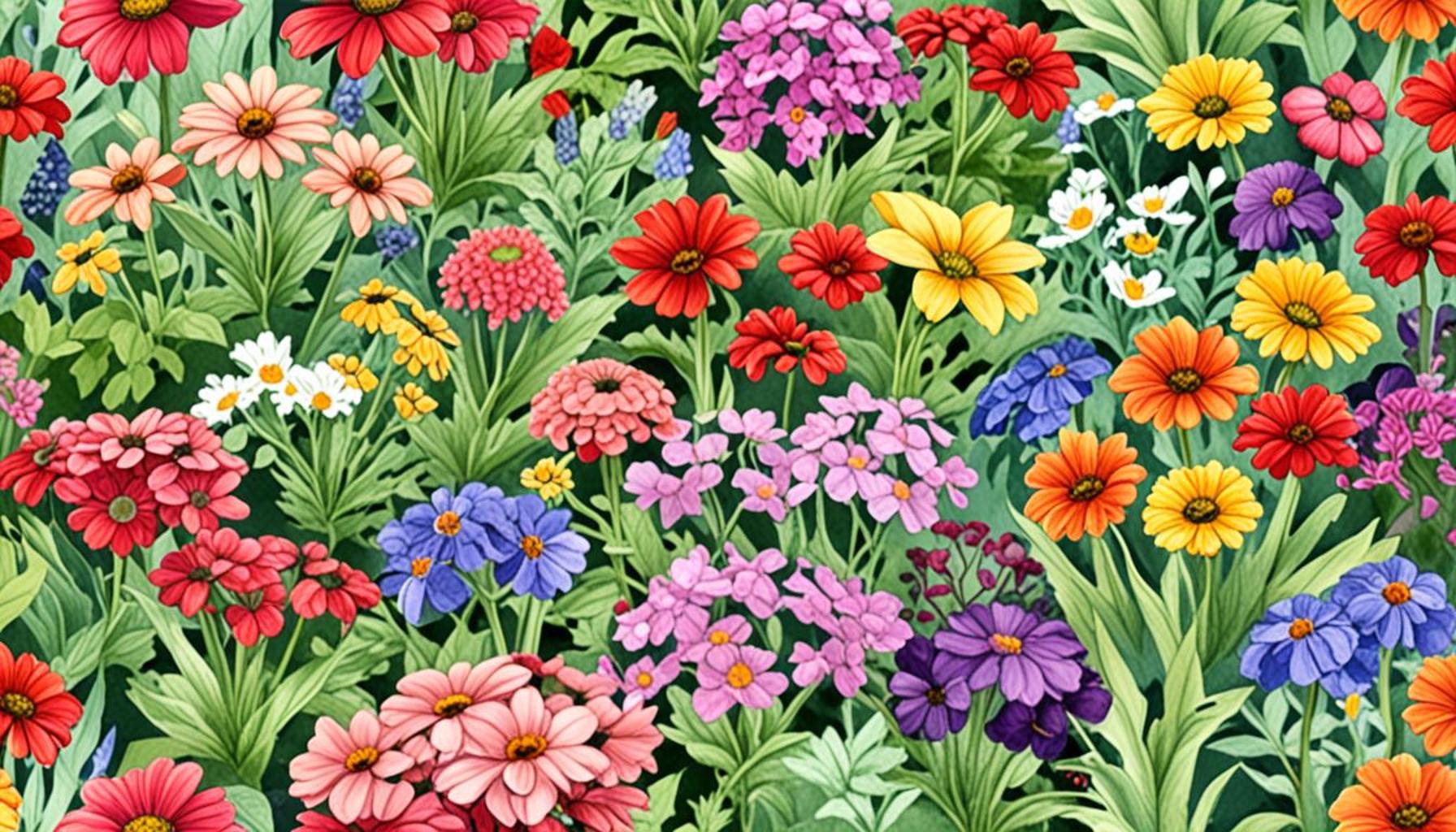
The Art of Flower Selection for Your Garden
Choosing flowers for your garden is an exhilarating yet daunting task, given the plethora of options available. Understanding the distinctions between annual and perennial flowers is vital as it significantly affects not only the aesthetics but also the maintenance and longevity of your garden. Each type of flower offers unique traits that can cater to various gardening goals, whether you’re aiming for a short-term show of color or creating a long-lasting landscape.
Annual Flowers
Annuals are unique in that they complete their life cycle in just one growing season. This category of flowers requires replanting every year, but what they lack in longevity they more than compensate for with stunning displays. Some of the standout features of annuals include:
- Versatility: Popular warm-weather varieties such as marigolds, petunias, and zinnias offer vibrant blooms that can illuminate any garden space.
- Rapid Growth: Many annuals are known for their quick germination and early blooming, often gracing gardens with color within weeks of planting.
- Seasonal Impact: Annuals allow gardeners to change their displays annually, providing an opportunity for creativity and experimentation with different colors and arrangements.
However, the downside of annuals is the need for yearly planting and, sometimes, more frequent watering. They thrive best in ideal conditions, so gardeners must consider their local climate and soil type to ensure their success.
Perennial Flowers
In contrast, perennials are the foundation of many gardens as they return year after year, often growing more vigorous with age. This type of flower is a solid choice for those looking to establish long-term garden beds. The defining characteristics of perennials include:
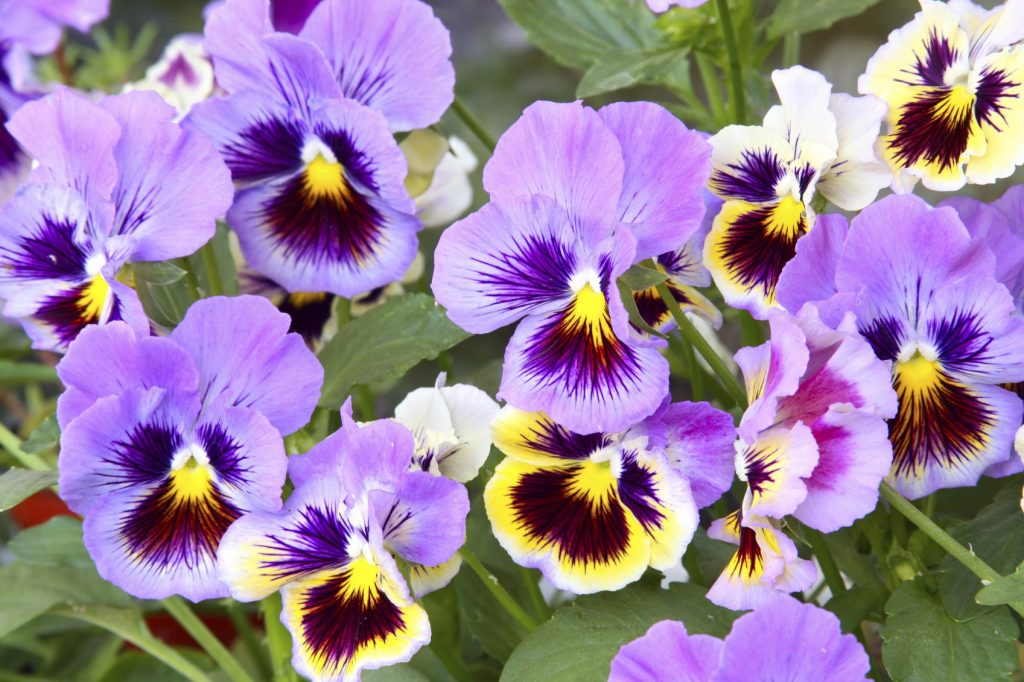
- Longevity: Examples like daylilies and hostas create a stable environment, as they do not need to be replanted every season, making them a sustainable option.
- Deep Roots: Established perennials develop strong root systems, which help them withstand variations in climate and more effectively retrieve nutrients from the soil.
- Low Maintenance: Once perennials are established, they require significantly less care than annuals, allowing you to enjoy your garden without the constant need for planting.
Choosing between these two types hinges on your gardening goals, as well as your local climate. For instance, cool regions may see certain perennials thrive beautifully while annuals can add a burst of color for spring and summer. Consider creating a garden that incorporates both types, allowing you to enjoy immediate blooms from annuals alongside the enduring beauty of perennials.
In conclusion, understanding the characteristics and maintenance requirements of both annual and perennial flowers will help you make informed decisions that enrich your gardening experience. As you explore the possibilities, consider the seasonality, local climate, and your personal style to create a landscape that reflects your vision.
DISCOVER MORE: Click here to learn about preparing for unpredictable climate shifts
Understanding the Lifespan of Flowers
When diving into the world of gardening, it is essential to grasp the fundamental differences in the lifespan of flowers. The choice between annual and perennial flowers can dictate your garden’s character, upkeep, and aesthetic appeal. For gardeners in the United States, this decision is influenced by regional climates, personal preferences, and the time you are willing to invest in your garden each year.
Advantages and Disadvantages of Annual Flowers
Annual flowers are celebrated for their vibrant colors and adaptability. They bring an immediate impact, often blooming from late spring through the first frost, which allows gardeners to enjoy dazzling displays throughout the season. Here are some advantages of incorporating annuals into your garden:
- Color Variety: With a vast selection including salvia, petunias, and bachelor’s buttons, annuals offer a diverse palette that can transform any space. They are especially useful for filling in bare spots or creating a seasonal theme.
- Freedom in Design: Annuals grant flexibility in design. Since you can choose different flowers each year, they allow for experimentation, whether you prefer bold arrangements or subtle color blends.
- Immediate Results: Their rapid growth means that gardeners can witness quick results, making them perfect for creating a stunning look with minimal waiting time.
However, along with their many benefits, annual flowers come with several challenges. They require replanting each year, which necessitates not just time but often considerable effort and resources. Additionally, annual plants may be less resilient to extreme weather since they often do not establish deep root systems compared to their perennial counterparts.
The Long-Lasting Appeal of Perennial Flowers
Perennial flowers, on the other hand, have the advantage of returning year after year, making them a staple choice for those interested in creating a sustainable garden. Their enduring nature means they can be the backbone of your garden design. Here are some key attributes of perennial flowers:
- Investment in Longevity: With species like echinacea and black-eyed Susans, gardeners can create long-lasting floral displays that require minimal replanting.
- Seasonal Interest: Many perennials bloom at different times throughout the season, offering lasting beauty and constant evolution in your garden. This allows for continuous color across growing seasons.
- Environmental Benefits: Perennials can attract beneficial insects such as pollinators, contributing to a healthier garden ecosystem.
Yet, despite their many advantages, perennials might not provide the immediate results that annuals do, as they often require time to establish and reach their peak bloom potential. Understanding the specific growth patterns, seasons, and maintenance needs of perennials in your local climate can affect their success in your garden.
Ultimately, as you weigh the advantages of annual vs. perennial flowers, consider your overall gardening goals, desired aesthetics, and the amount of time you can commit to maintaining your garden. By understanding these critical differences, you can make informed choices that align with your vision for a vibrant and flourishing garden.
When deciding between annual and perennial flowers for your garden, it’s essential to consider various factors that will impact not only the aesthetics of your garden but also the maintenance and care involved. One significant aspect is how each type contributes to your garden’s overall design.Annuals are known for their vibrant colors and extended blooming periods. These flowers, such as petunias and marigolds, typically blossom from spring until the first frost, providing a continual display of color. They are ideal for those who enjoy changing their garden’s look from year to year and want the flexibility to experiment with various arrangements and species. Moreover, annuals can fill gaps in your garden bed while perennials are still establishing themselves.On the other hand, perennials, which include favorites like peonies and daylilies, return year after year, making them a dependable choice for long-term planning. They often require more initial effort to establish but reward gardeners with a consistent presence over time. Soil preparation and proper planting depth are crucial for perennials, as this ensures their successful re-emergence through different seasons. Many perennials also provide structure to a garden, as they tend to have a more robust root system compared to annuals.Another notable point is the seasonal interest offered by both categories. While annuals can be replaced with new varieties each year, perennials bloom at different times, often with staggered flowering periods, ensuring that your garden has visual appeal from early spring through late fall. Consider also that some perennials can attract beneficial pollinators when in bloom, contributing positively to your garden ecosystem.The sustainability aspect cannot be overlooked either. Perennials generally require less water and fertilizer once established, reducing long-term gardening costs and environmental impact. Annuals, while beautiful, may necessitate more frequent watering and feeding due to their brief life cycle.Ultimately, the choice between annual and perennial flowers should be guided by your gardening goals, the climate of your area, and the level of maintenance you are willing to commit to. Consider experimenting with a combination of both types to enrich your garden and enjoy the best of what each has to offer.
DISCOVER MORE: Click here to learn how to spot infestation signs
Maintenance and Care: What You Need to Know
As you delve deeper into the choice between annual and perennial flowers, understanding their maintenance requirements becomes crucial to ensuring a thriving garden. Both types of flowers present unique care demands that can shape not only the health of your plants but also the overall enjoyment of your gardening experience.
The Commitment of Caring for Annual Flowers
Annuals usually demand more ongoing attention throughout the growing season. Regular deadheading, the process of removing spent flowers, helps promote continued blooming and keeps the plants looking fresh. Additionally, annuals benefit from consistent watering, especially during dry spells, as they tend to have shallower root systems. Here’s a breakdown of some key maintenance tasks:
- Frequent Watering: In ideal conditions, annuals may require watering about twice a week, but this may increase during hot summer months. Deep watering encourages stronger root systems.
- Soil Nutrients: Annuals thrive on rich, well-drained soil. A regular schedule of feeding with a balanced fertilizer can further enhance blooming potential and overall health.
- Seasonal Replacement: Each year, you’ll have to clear out the previous year’s annuals and plan for new ones, which adds to the time and effort needed for flower beds.
For novice gardeners or those who enjoy frequent change and experimentation, these maintenance tasks can be rewarding. However, they can also be a deterrent for those seeking a low-maintenance garden.
Perennial Flowers: Set It and Forget It?
On the other hand, perennial flowers are often touted for their low-maintenance nature once established. After their initial planting and a couple of years of care, many varieties require far less upkeep compared to annuals. These resilient plants can often survive harsh winters and spring back to life as soon as conditions allow. Consider the following maintenance aspects:
- Less Frequent Watering: While perennials will need watering during their establishment, many become drought-tolerant once mature, thus preserving water and reducing labor.
- Minimal Fertilizer Needs: Established perennials usually do well in average garden soil, requiring less frequent fertilization. A diligent gardener might choose to amend soil every couple of years instead of on a seasonal basis.
- Cutting Back and Division: While perennials are generally low-maintenance, they do sometimes require deadheading and dividing every few years to maintain plant vigor and blooming potential. Dividing overcrowded plants also fosters healthier growth.
These aspects make perennials an excellent choice for those seeking a sustainable and self-sustaining garden. However, keep in mind that they won’t provide instant visual gratification; instead, they reward patience and a longer-term gardening investment.
Climate Considerations and Regional Adaptability
Your geographic location plays a pivotal role in determining the success of your annual and perennial flowers. Some regions thrive with a variety of annuals, but they might not be as hardy in areas with extreme heat or cold. Similarly, certain perennials perform well in specific climate zones, thriving as both ornamental and functional plants. USDA hardiness zones are a helpful tool to utilize when considering which plants to select based on the climate in your area. A quick reference can determine the best-suited flowers for your garden, ensuring that you make effective choices.
In conclusion, as you strategize your garden layout, contemplate not only the maintenance levels required by annual and perennial flowers but also your local climate. By understanding these crucial aspects, you can cultivate a garden that aligns with your lifestyle and gardening aspirations, ensuring that it flourishes beautifully for years to come.
DISCOVER MORE: Click here to learn about plant infestations
Final Thoughts: Making the Right Choice for Your Garden
In the world of gardening, the debate between annual and perennial flowers is not merely about aesthetics; it involves a consideration of maintenance, climate adaptability, and personal gardening philosophy. Both types offer their unique advantages and challenges. Annuals bring vibrant colors and a fresh palette each year, perfect for those who enjoy experimenting with new plant combinations. However, their demanding maintenance schedule may require a higher level of commitment, which can be both a delight and a challenge.
Conversely, perennials offer the beauty of longevity with less frequent care once established. They reward patience with returning blooms year after year, making them a practical choice for gardeners looking for a low-effort, sustainable solution. Yet, as they take longer to reach full maturity, those seeking immediate results may find them less appealing.
Ultimately, the choice between annuals and perennials should reflect your garden’s purpose, your dedication to upkeep, and your local climate conditions. Consider using a blend of both to享受 the diverse aesthetics while capitalizing on the strengths of each flower type. Incorporating both can create a dynamic and lively garden that continues to flourish through the seasons.
As you embark on your gardening journey, take the time to explore USDA hardiness zones and various plant options suited to your area. By doing so, you can craft a stunning and resilient garden that mirrors both your vision and your environmental conditions. Whether you favor the immediate gratification of annual flowers or the lasting beauty of perennials, understanding the contrast will empower you to cultivate a garden that truly resonates with your individual style.
